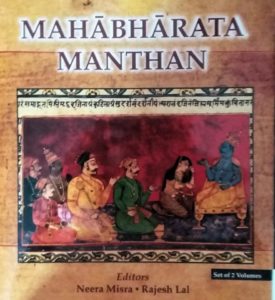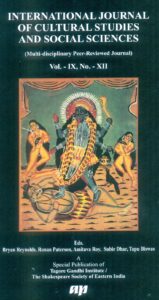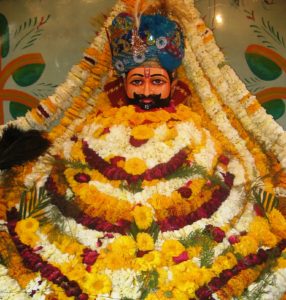This paper was presented in the Mahabharata Manthan International Conference organised in July 2017 in New Delhi by the Draupadi Dream Trust, and published in volume 1, pages 119-140, of the 2 volume book of proceedings, “Mahabharata Manthan” (B.R. Publishing Corporation, Delhi-110052.
In his detailed review of the volumes, this is what Major General and Indologist Shekhar Kumar Sen writes: “It is a veritable storehouse of information. First he has discussed very thoroughly the need to take a “hard look” at the CE since it had not taken into consideration so many important versions extant at the time of its writing, e.g., the Nepali palm-leaf Mss, the Razmnama, the Arabic translation and so many others. Also, he reiterates, the inconsistencies, contradictions and repetitions that exist in the CE must be removed. He has listed out many of these, underlining the need for revision. One of these is the episode of stripping of Draupadi. And that is his second proposition – he has quoted incident after incident from the entire epic and cited collateral evidence from other works in Sanskrit literature to establish that Draupadi was dragged by the hair, insulted in the assembly in the Sabha Parva but never stripped by Duhshasana. Still the CE includes it. This view has given rise to a lot of controversy but the author’s well-laid arguments can hardly be ignored. Other eminent scholars of the epic too have had serious reservations about the CE. Pradip has reproduced their views in support of his arguments. In short, this is a very comprehensive, informative and readable article. It also has three interesting plates depicting the disrobing of Draupadi.”




 Other than the sons of Bhima, Arjuna and the Draupadeyas Vyasa does not mention names of Pandava progeny. In Jaimini’s Ashvamedha parva a new character is introduced: Bhima’s grandson Meghavarna, the son of Ghatotkacha. But there is yet another son of Ghatotkacha whose story is told in the Skanda Purana, Kumarika Khanda, chapters 59-66 by Suta Ugrashrava to Shaunaka and other sages performing a great sacrificial ritual in the forest of Naimisha. Suta narrates what he had heard from Dvaipayana (island-born) Vyasa.
Other than the sons of Bhima, Arjuna and the Draupadeyas Vyasa does not mention names of Pandava progeny. In Jaimini’s Ashvamedha parva a new character is introduced: Bhima’s grandson Meghavarna, the son of Ghatotkacha. But there is yet another son of Ghatotkacha whose story is told in the Skanda Purana, Kumarika Khanda, chapters 59-66 by Suta Ugrashrava to Shaunaka and other sages performing a great sacrificial ritual in the forest of Naimisha. Suta narrates what he had heard from Dvaipayana (island-born) Vyasa.